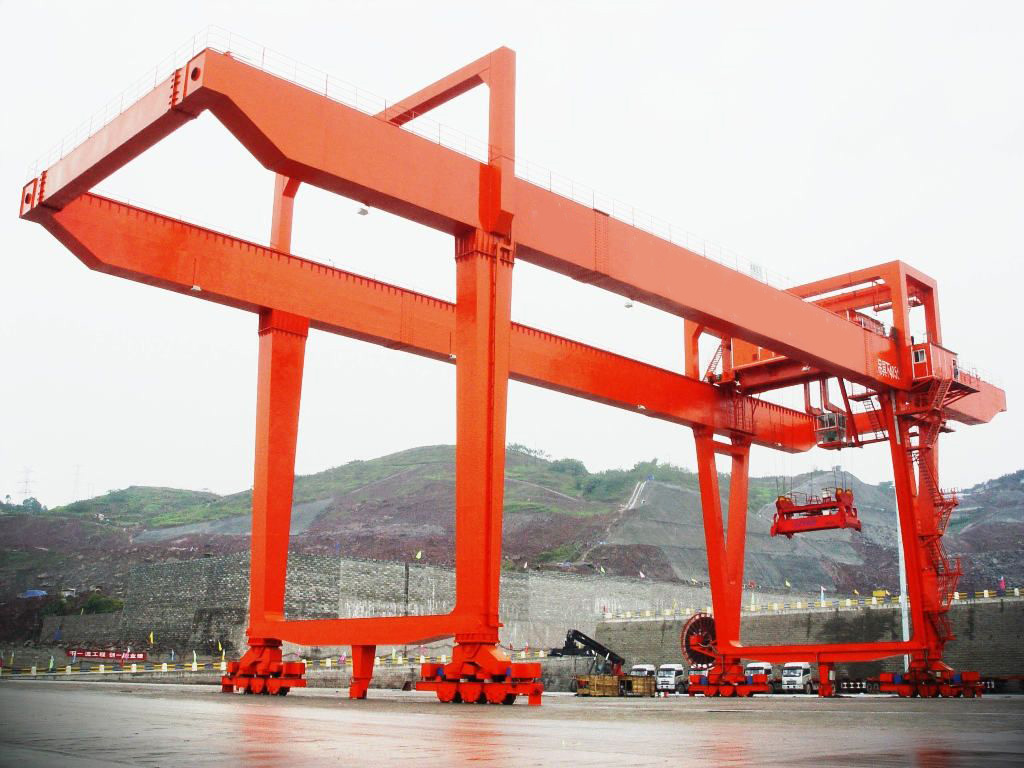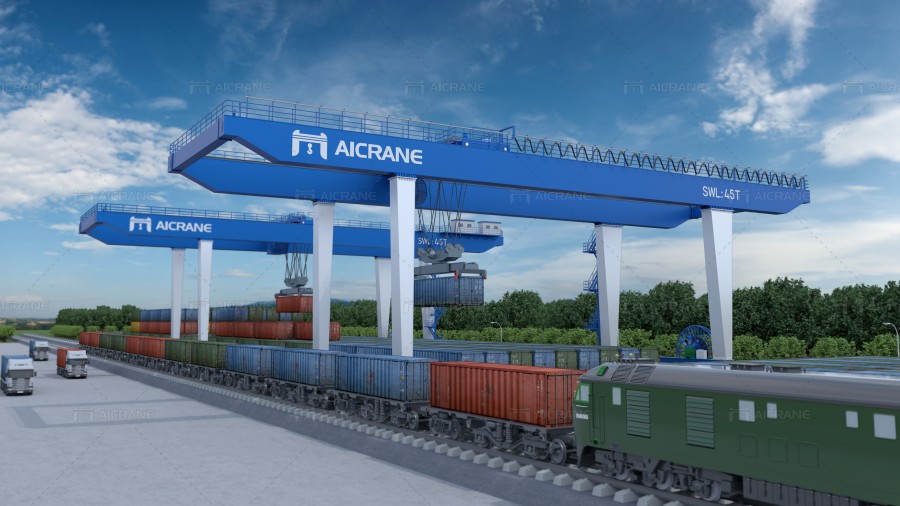In the realm of heavy lifting and material handling, the integration of rail mounted cranes has emerged as a game-changer, providing efficient solutions that go beyond traditional methods. Rail mounted cranes, designed to traverse fixed tracks, offer a unique set of advantages that make them indispensable in various industrial applications. This article explores the capabilities and benefits of rail mounted cranes, focusing on their ability to harness power for heavy lifting tasks.

The Evolution of Rail-Mounted Cranes
Rail mounted cranes have a rich history dating back to the early days of industrialization when the need for efficient material handling became paramount. Over the years, these cranes have evolved in design, incorporating advanced technologies to meet the demands of modern industries. Today, rail mounted cranes are known for their precision, stability, and the ability to handle heavy loads with ease.
Precision on Tracks
One of the defining features of rail mounted cranes is their precision in movement along fixed tracks. This precision allows for controlled and accurate positioning of heavy loads, making them ideal for tasks that require meticulous handling. In manufacturing plants, construction sites, and logistics hubs, this level of precision ensures that materials are lifted, transported, and placed with efficiency, reducing the risk of errors and enhancing overall safety.
Versatility in Heavy Lifting
Rail-mounted cranes are engineered to tackle heavy lifting tasks that may be challenging for other types of cranes. The fixed track system provides a stable foundation, allowing these cranes to lift and move exceptionally heavy loads across varying distances. Whether in shipyards lifting cargo onto vessels or in construction sites maneuvering large prefabricated components, rail mounted container cranes excel in the efficient and safe execution of heavy lifting operations.

Strategic Implementation in Industry
Industries that require consistent and heavy-duty material handling operations benefit significantly from the strategic implementation of rail-mounted cranes. In steel manufacturing plants, for example, these cranes are instrumental in moving raw materials, semi-finished products, and finished goods with precision. The strategic placement of rail-mounted cranes optimizes workflow, minimizes downtime, and enhances overall operational efficiency.
Adaptability to Specialized Environments
Rail-mounted cranes exhibit adaptability to specialized environments, including hazardous or confined spaces. The fixed track system ensures that the crane handling equipment moves along a predetermined path, making it suitable for operations in areas where maneuverability is limited. This adaptability is particularly advantageous in industries such as nuclear power, where precise and controlled movements are critical for safety and operational success.
Efficiency in Maintenance
Rail-mounted cranes also streamline maintenance activities, thanks to their fixed track infrastructure. Regular inspections, repairs, and servicing can be conducted with ease, as the maintenance crew can access the entire length of the tracks without the need for additional equipment. This efficiency in maintenance contributes to the longevity and reliability of rail-mounted cranes, reducing the overall cost of ownership for businesses.
In the world of heavy lifting, rail-mounted cranes stand out as efficient solutions that harness the power of fixed tracks for precision and stability. Their evolution, precision on tracks, versatility in heavy lifting, strategic implementation in industry, adaptability to specialized environments, and efficiency in maintenance make them indispensable tools in various industrial sectors. As technology continues to advance, rail mounted double beam cranes will likely play an increasingly pivotal role in shaping the future of heavy lifting and material handling operations.